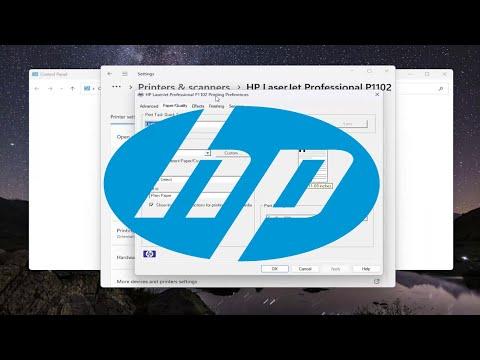I remember the first time I faced the challenge of printing on envelopes with my HP printer. It was a rather unexpected issue. I was preparing invitations for a family gathering and had meticulously crafted the perfect design for the envelopes. When the time came to print, I thought it would be as simple as printing on regular paper. However, I quickly discovered that my HP printer, which had always been reliable for standard print jobs, seemed to balk at the idea of handling envelopes. The envelopes jammed repeatedly, misaligned, and even when they did print, the results were far from satisfactory.
Feeling quite frustrated, I decided to delve deeper into the problem. My first step was to consult the printer’s manual. I skimmed through the pages on printing media, but there was surprisingly little information about envelopes. It seemed that the manual was more focused on standard paper types and troubleshooting common issues, which wasn’t particularly helpful in my case.
Determined to find a solution, I took to the internet, searching for guides and forums where others might have encountered similar issues. I came across several tips and tricks shared by fellow users who had faced the same challenge. Most advice suggested that the key to successful envelope printing lay in proper setup and adjustments.
I began by re-examining my printer settings. The HP printer software had an option for “Envelope” under the paper type settings. I made sure to select this option, thinking it would prepare the printer for the specific dimensions and characteristics of envelopes. Additionally, I adjusted the paper size settings to match the envelopes I was using, ensuring that the printer recognized the correct dimensions.
Next, I tackled the physical setup of the envelopes. I learned that feeding envelopes into the printer requires careful handling. I adjusted the paper guides in the input tray to fit the width of the envelopes snugly. If the guides were too loose, the envelopes could shift during printing, leading to misalignment and potential jams.
To further ensure that the envelopes fed smoothly, I lightly tapped the stack of envelopes on a flat surface to align them before loading them into the input tray. This simple step helped prevent multiple envelopes from sticking together or misfeeding.
Before proceeding with the actual print job, I conducted a test print. I created a sample envelope design using a word processing application and printed it on a plain piece of paper, setting the printer to the envelope settings. This test allowed me to check the alignment and make any necessary adjustments to the design. Once I was satisfied with the results on the test paper, I was ready to print on the actual envelopes.
When printing, I made sure to load only a few envelopes at a time into the input tray. Overloading the tray could cause jams, and it was better to print in small batches to maintain control over the process. I also monitored the printer closely during the job to address any issues promptly.
To my relief, following these steps made a significant difference. The envelopes printed beautifully, and the alignment was spot on. The process, which initially seemed daunting, turned out to be manageable with a bit of patience and attention to detail.
Reflecting on the experience, I realized that successful envelope printing often comes down to careful setup and understanding the specific requirements of the printer and media. By adjusting the printer settings, properly aligning the envelopes, and conducting test prints, I was able to achieve the ultimate goal of printing professional-looking envelopes with my HP printer.
